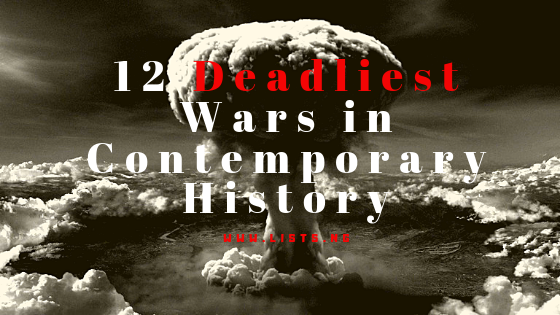The world has always been involved in conflict one way or the other since the dawn of time, and they have become almost inevitable. Wars are never profitable (except you’re an arms dealer) because they leave behind chaos, death, destruction, epidemics, and so on.
The world has witnessed thousands of wars on varying scales and causality levels. But which of those wars have had the most fatalities? Below is list of 12 of the most destructive wars in modern history.
1. World War II (1939-1945)
Death toll: 60 – 85 million

World War II, or the Second World War, was a global war that lasted from 1939 to 1945. The war involved a vast majority of countries in the world, becoming history’s most widespread war involving over 100 million people from more than 30 countries. The major participants threw their entire economic, industrial, and scientific capabilities behind the war effort, blurring the distinction between civilian and military resources. The war was marked by the mass killings of civilians, notably with the Holocaust being responsible for 11 million deaths. The war is also remembered for the atomic bombings of Nagasaki and Hiroshima. World War II resulted in about 85 million deaths.
2. Second Sino-Japanese War (1937-1945)
Death toll: 20 – 25 million
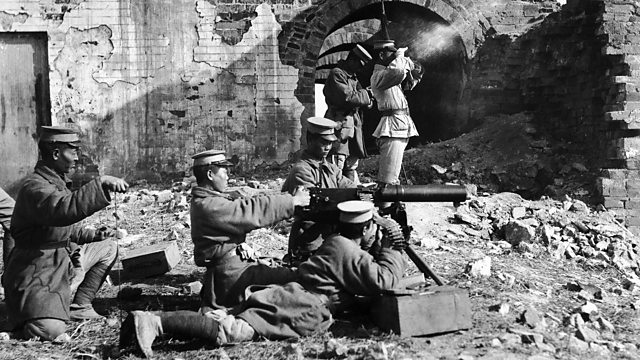
The Second Sino-Japanese War was a military conflict fought primarily between the Republic of China and the Empire of Japan from July 7, 1937, to September 2, 1945. It began with the Marco Polo Bridge Incident in 1937 in which a dispute between Japanese and Chinese troops escalated into a battle. Some sources in the modern People’s Republic of China date the beginning of the war to the Japanese invasion of Manchuria in 1931.
After the Japanese attacked Pearl Harbor (1941), the war merged into World War II as a major front later known as the Pacific War.
3. World War I (1914-1918)
Death toll: 18 million

World War I, also known as the First World War or the Great War, was a global war originating in Europe that lasted from 28 July 1914 to 11 November 1918. Contemporaneously described as, “the war to end all wars,” it led to the mobilisation of more than 70 million military personnel, including 60 million Europeans, making it one of the largest wars in history. world war 1 is one of the deadliest conflicts in history, with an estimated 11 million combatants and seven million civilian deaths as a direct result of the war, and a further 50 to 100 million affected worldwide as a result genocides and the 1918 influenza pandemic.
4. Russian Civil War (1917-1923)
Death toll: 7 – 12 million
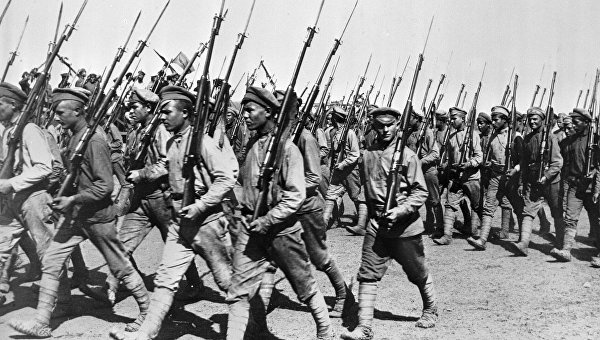
The Russian Civil War was a multi-party civil war in the former Russian Empire immediately after the two Russian Revolutions of 1917, as many factions vied to determine Russia’s political future. The war ended in 1923 in the sense that Bolshevik communist control of the newly formed Soviet Union was now assured, although armed national resistance in Central Asia was not completely crushed until 1934. There were an estimated 7,000,000–12,000,000 casualties during the war, mostly civilians. The Russian Civil War has even been described as the greatest national catastrophe Europe has ever seen.
5. Chinese Civil War (1927-1949)
Death toll: 8 million

The Chinese Civil War was a civil war in China fought between the Kuomintang -led government of the Republic of China and the Communist Party of China at intervals between 1927 and 1949. The conflict took place in two stages, the first between 1927 and 1937, and the second from 1946 to 1950. The Civil War resulted in a major revolution in China, with the Communists gaining control of mainland China and establishing the People’s Republic of China (PRC) in 1949, forcing the Republic of China to retreat to Taiwan. The war resulted in mass casualties which included non-combatants
6. Second Congo War (1998-2003)
Death toll: 2.5 – 5.4 million

The Second Congo War, also known as the “Great War of Africa” began in the Democratic Republic of the Congo in August 1998 and officially ended in July 2003, when the Transitional Government of the Democratic Republic of the Congo took power. The war was fought just for five years (from 1998 to 2003) but it caused up to 5.4 million deaths, principally through disease and starvation, making it the deadliest conflict worldwide since the World War II.
7. Biafran War (1967-1970)
Death toll: 1 – 3 million
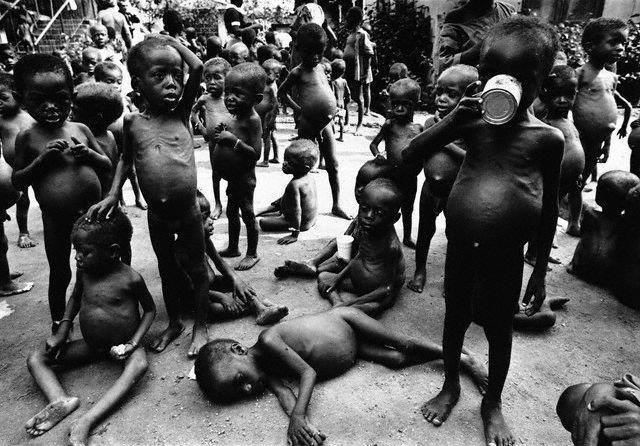
The Nigerian Civil War, also known as the Biafran War or the Nigerian-Biafran War, was a war fought between the government of Nigeria and the secessionist state of Biafra. Biafra represented nationalist aspirations of the Biafran people, whose leadership felt they could no longer coexist with the Northern-dominated federal government. The conflict resulted from political, economic, ethnic, cultural and religious tensions which preceded Britain’s formal decolonization of Nigeria from 1960 to 1963. Immediate causes of the war in 1966 included ethno-religious riots in Northern Nigeria, a military coup, a counter-coup and persecution of Igbo living in Northern Nigeria.
Majority of the causalities stemmed from starvation and various diseases.
8. War in Afghanistan (1978-present)
Death toll: 2 million
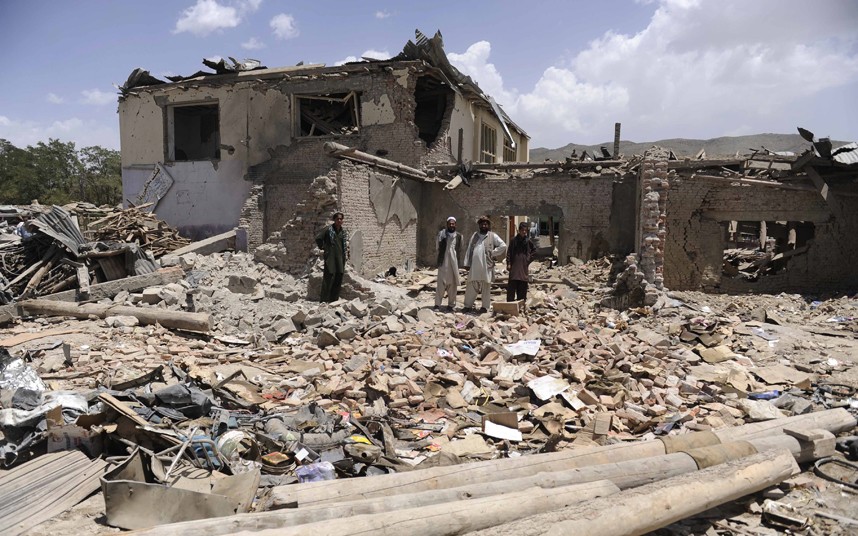
The Afghanistan conflict is a series of wars that has been fought in Afghanistan since 1978. Starting with the Saur Revolution military coup, an almost continuous series of armed conflicts has dominated and afflicted Afghanistan. The wars include: the Soviet–Afghan War, the Afghan Civil War (1989-92), the Afghan Civil War (1992-96), the Afghan Civil War (1996-2001), the United States invasion of Afghanistan which started on October 7, 2001, and the War in Afghanistan (2001-present) which is the continuous incumbent war in Afghanistan, where the main conflict consists of Afghan Army troops, backed by additional United States troops, fighting against insurgents of the Taliban. The prolonged conflict has resulted in casualities of up to 2 million people.
9. Mexican Revolution (1910-1920)
Death toll: 1 – 2 million

The Mexican Revolution, also known as the Mexican Civil War, was a major armed struggle that lasted for 10 years, from 1910 to 1920. The revolution radically transformed Mexican culture and government. Its outbreak resulted from the failure of the 31-year-long regime of Porfirio Díaz to find a managed solution to the presidential succession. This resulted in a political crisis among competing elites and created the opportunity for agrarian insurrection.
Numerical estimates of the death toll vary greatly but a more feasible estimation would be that 1.5 million people died in the revolt and nearly 200,000 refugees fled abroad. The Mexican Revolution is often categorized as the most important sociopolitical event in Mexico and one of the greatest upheavals of the 20th century.
10. Vietnam War (1955-1975)
Death toll:1.3 million
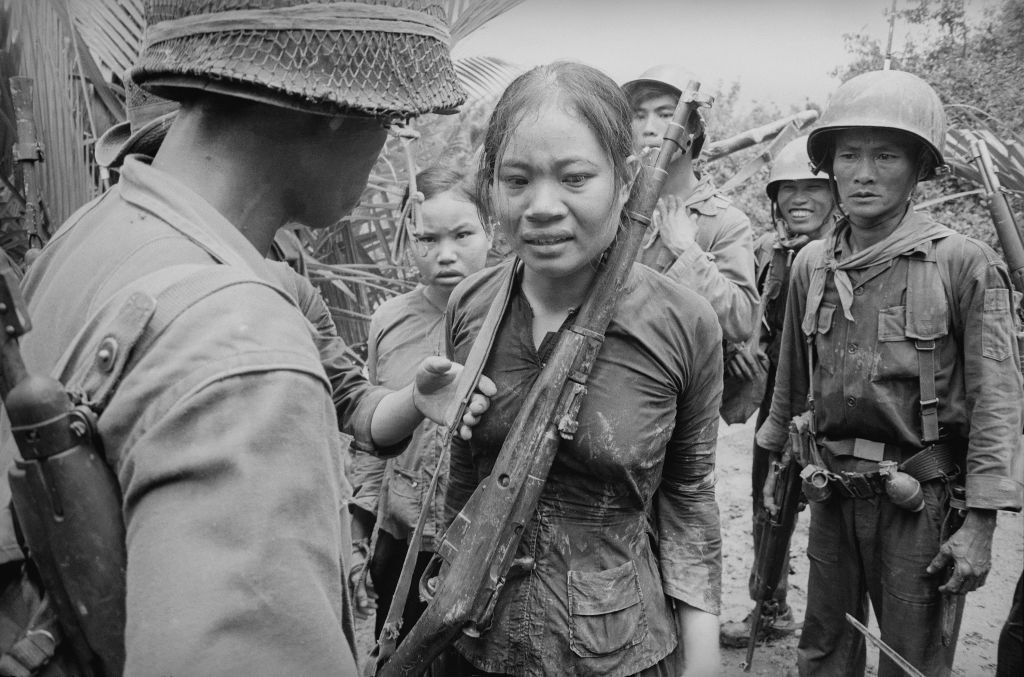
The Vietnam War was a major armed conflict that spanned across Vietnam, Laos, and Cambodia from November 1, 1955 to the fall of Saigon on April 30, 1975. The war was was officially fought between North Vietnam and South Vietnam. North Vietnam was supported by the Soviet Union, China, and other communist allies; South Vietnam was supported by the United States (principal ally), South Korea, the Philippines, Australia, Thailand and other anti-communist allies. The war lasted 19 years and is often considered a Cold War-era proxy war. Direct U.S. involvement ended in 1973.
11. Korean War (1950-1953)
Death toll: 1.2 million
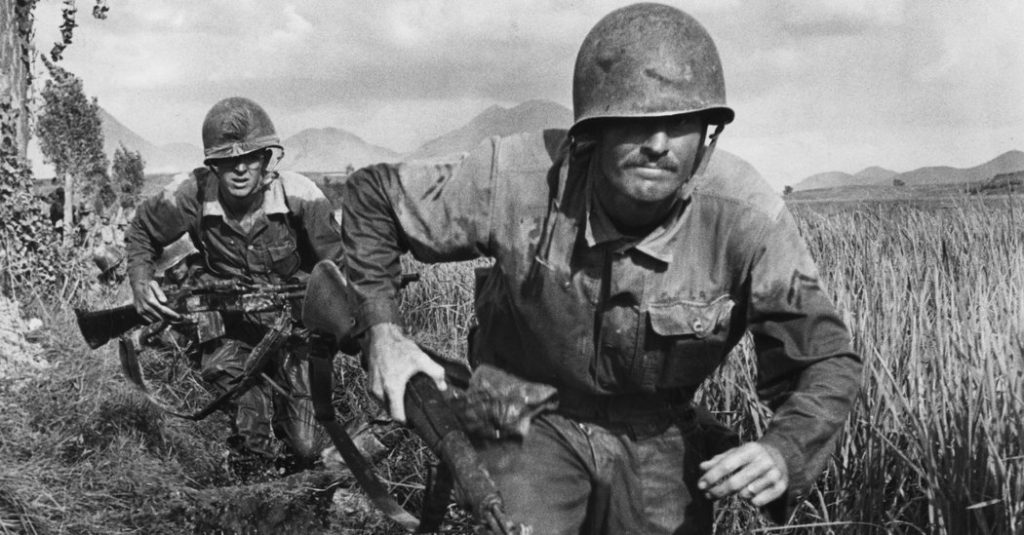
The Korean War was a major armed conflict between North Korea and South Korea. The war began on 25 June 1950 when North Korea invaded South Korea following a series of clashes along the border. The United Nations, with US as the principal force, came to the aid of South Korea while China and the Soviet Union supported North Korea.
12. Iran–Iraq War (1980-1988)
Death toll: 1 million

The Iran–Iraq War began on 22 September 1980, when Iraq invaded Iran, and it ended on 20 August 1988, when Iran accepted the UN-brokered ceasefire. Its 8 year length, made it the 20th century’s longest conventional war. The Iran–Iraq War stemmed from Iraq wanting to replace Iran as the dominant Persian Gulf state. The war also followed a long history of border disputes, and Iraq planned to annex the oil-rich Khuzestan Province and the east bank of the Arvand Rud.

